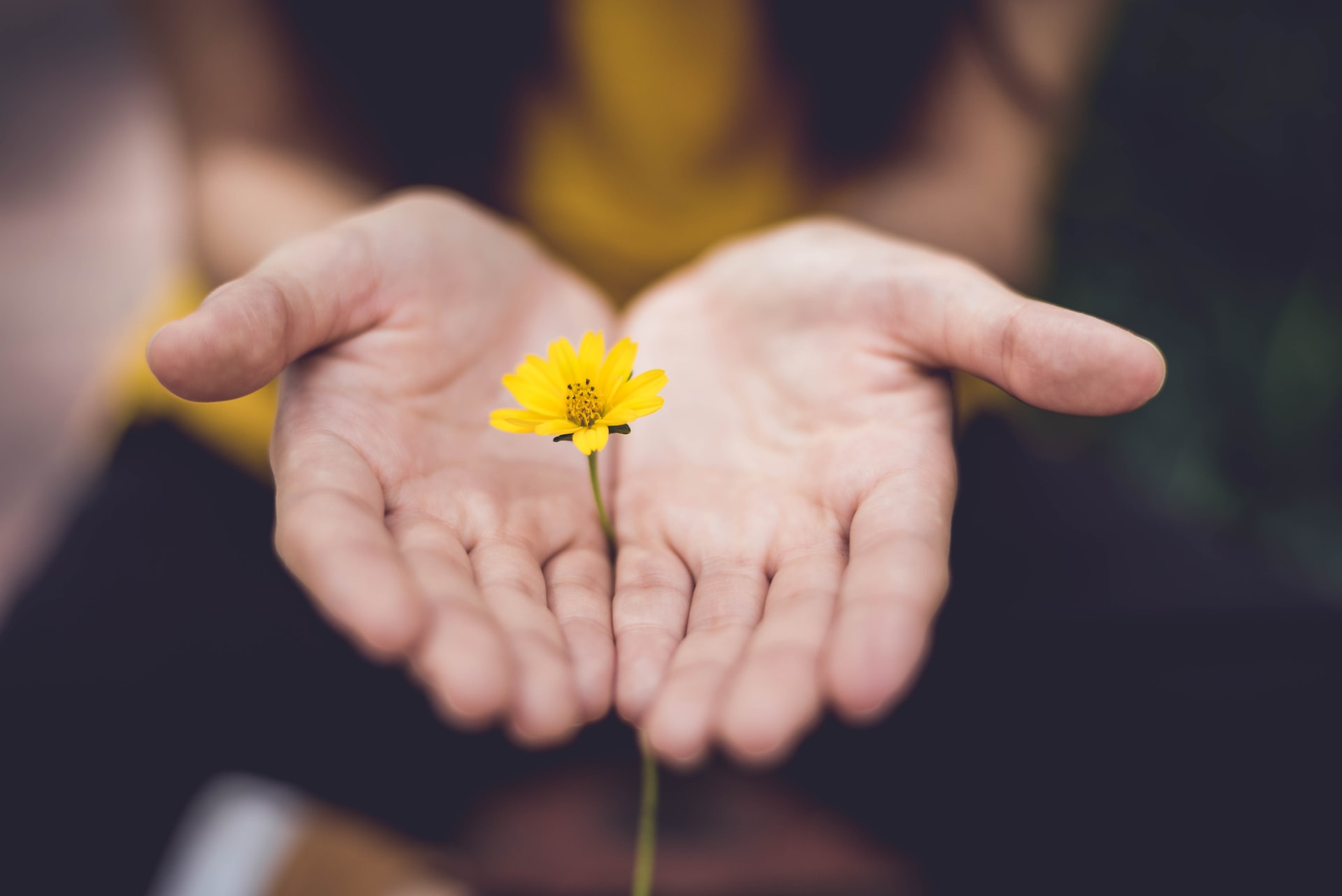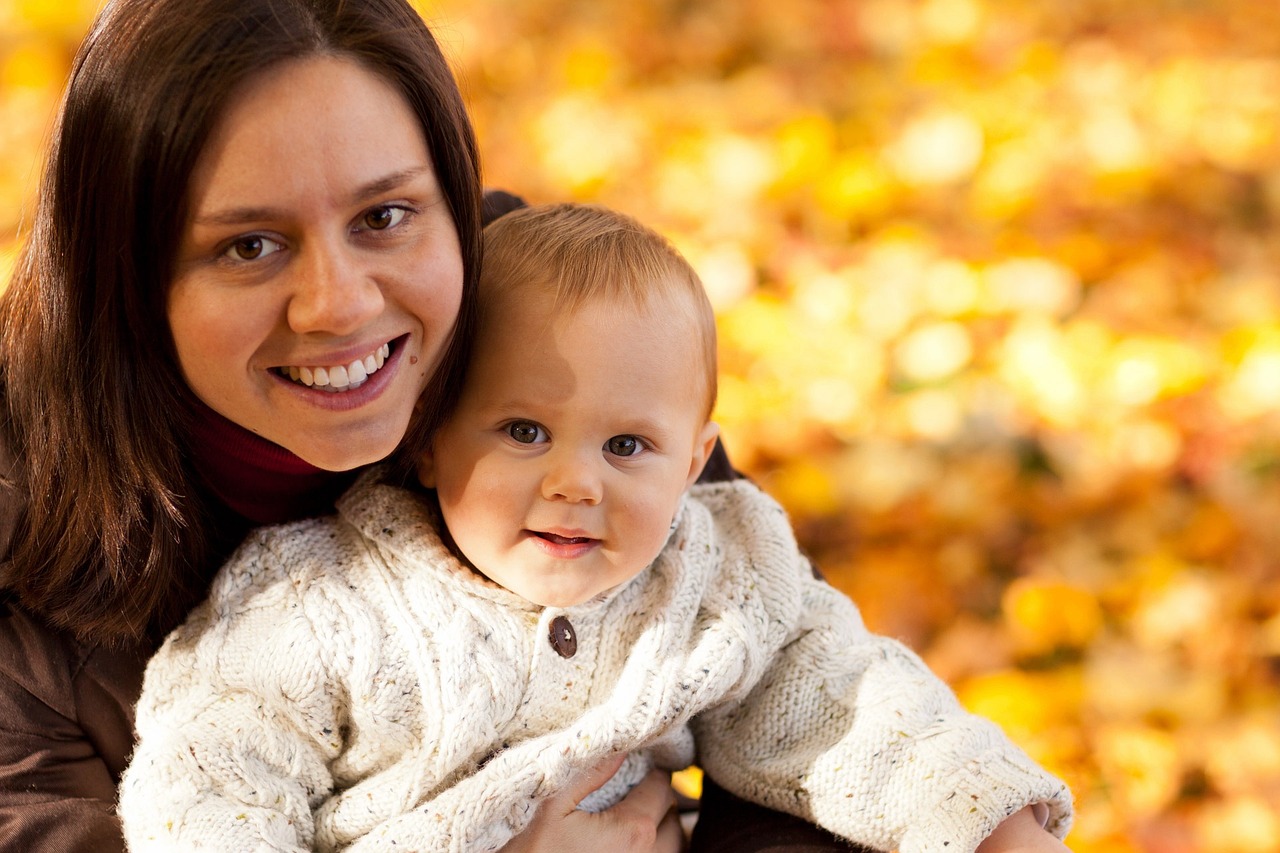
Non-compliance
Sometimes, our kids won’t do what we want (surprise surprise!) During one meditation, I saw a child repeatedly slapping her mother’s face, for example. What can we do about this when we are trying to meditate?
I acknowledge that what I have to say here may be challenging. All I ask is that you listen, and reflect on whether there might be truth in it.
The first thing to remember is that we are the parents – we are the adults. A child might not like what we want to do, but if we decide so, they have to put up with it. As an example, I’ve sometimes asked parents of school age children how often their kids have refused to go to school. “Often.” Then I ask how often they got away with it. “Never”!
If we decide that the best thing for our family is for us to sit for a meditation, that is a totally reasonable thing (of course assuming we take attention spans into account – a 20 minute sit would likely be fine for a child to sit through – I’m not so sure about a 3hr one!!).
The key is to allow your children’s behaviour to be as it is, and then quietly let the child know how we want it to be. Let me give two examples that I have witnessed.
On one occasion, I invited a lady at a festival to attend one of my workshops. She decided she would like to. She told her daughter what was going to happen. Her daughter said she wanted to go on the swings. When told that she could do that once the workshop was over, the daughter started to scream. Somewhat to my surprise, I found myself telling the mum that she was totally welcome at my workshop, and that her daughter was totally welcome to scream. The mum joined the workshop. She asked me what to do about her daughter, who was screaming at the door to the tent. I suggested she go get her. She put her in her lap, where she continued to scream and complain. I guided her to stay with her experience, the experience of having her daughter on her lap, of her feelings, frustration, annoyance, whatever they were, just let them be there, keep checking whether she felt that she should do anything, or whether her daughter, though unhappy, was actually okay. After a little while, mum fell back to lie down, daughter giggled, and the whole tension melted way.
So what happened here? The mum didn’t allow her daughter to dictate what was coming next. She stood firm. At the same time, she didn’t deny her daughter’s experience. Nor tell her to feel something else. She let her feel how she felt. And she stayed with her daughter, and kept quiet reassurance coming her way, so that she could know that even if she is distressed, she is still loved. It took a little while, but the message got through to her daughter that she was safe and loved and everything is okay and she calmed down.
It might take a few attempts at this to get it right, especially if you don’t have someone outside the situation guiding you, as she did. However, remembering that you can decide, and that you can also keep the flow of love and reassurance going towards your kids, regardless of how they are feeling.
A second, simpler example shows another possible approach. This was something beautiful I witnessed in a meditation during one of these workshops. In this example, I had no part other than as a witness.
A mother was there with her daughter, perhaps 3 years old. Her daughter was in an energetic mood. When her mum closed her eyes, the daughter didn’t want to settle with her. So she stood right in front of her mum, and started slapping her in the face, first one hand, then the other, repeatedly. Mum didn’t react. She just caught each arm, and gently lowered it, repeatedly. It was as if she were gently saying, “Mummy doesn’t like this” to her daughter, in a very gentle way. After a while, her daughter got the message and she quietened down.
Here, the mother stuck with what she had decided was the right thing to do, but kept her connection with her daughter present. She also used physical gestures to communicate with her daughter about what was and wasn’t acceptable behaviour.






